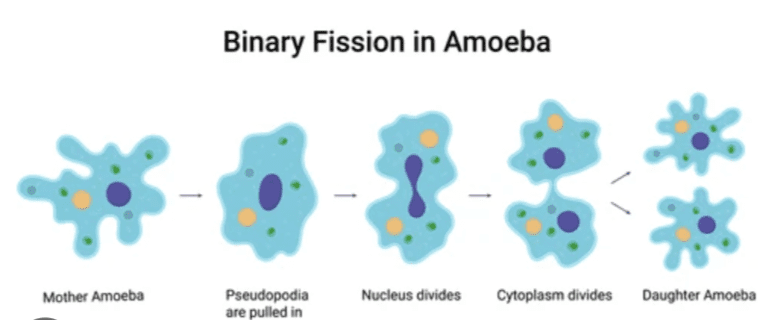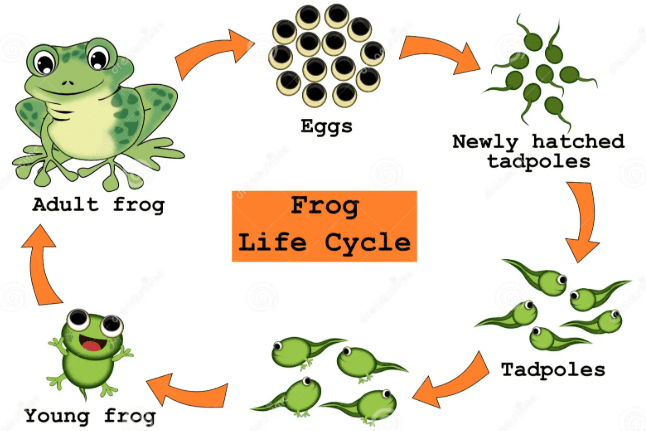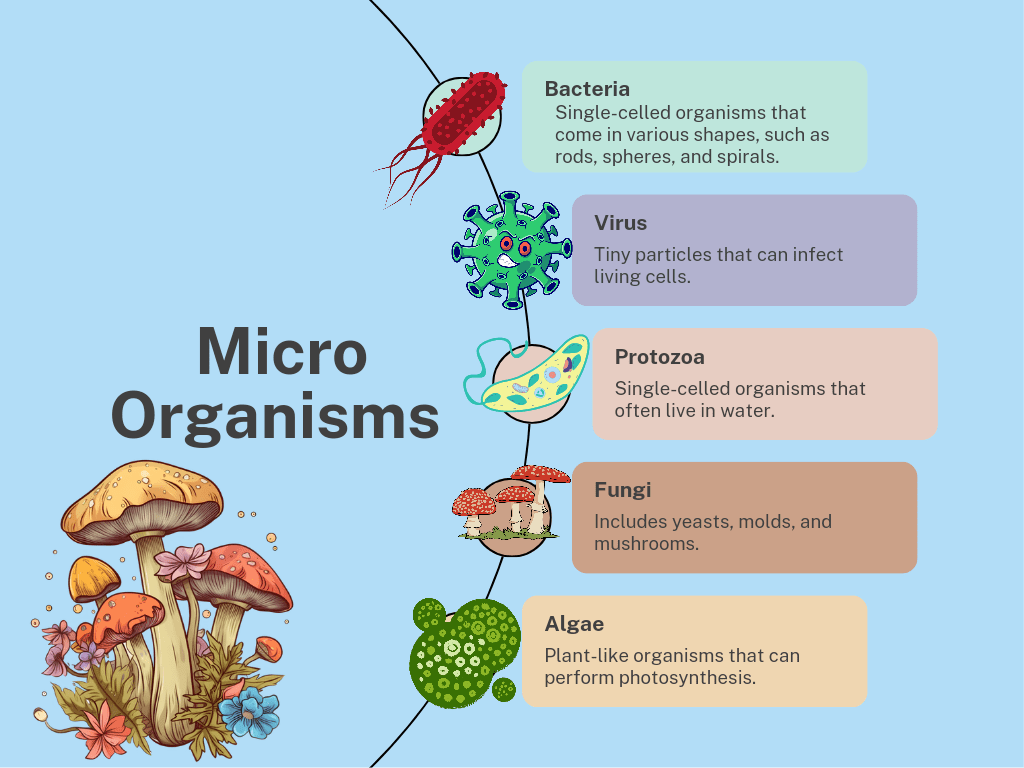Reproduction in animals class 8 extra questions and answers
Class 8 20+ Extra Questions & Answers
Introduction to Animal Reproduction
Animals reproduce through two main methods – asexual and sexual reproduction. These questions cover all important concepts from the Class 8 NCERT chapter with detailed explanations.
Key Concepts:
- Modes of reproduction in animals
- Male and female reproductive systems
- Fertilization and embryo development
- Metamorphosis and life cycles
Asexual Reproduction
Q1. What is asexual reproduction? Name three methods of asexual reproduction in animals.
Answer:
- Binary fission: Parent divides into two identical individuals (e.g., Amoeba)
- Budding: Outgrowth develops into new individual (e.g., Hydra)
- Fragmentation: Breaking of body into pieces that grow into new individuals (e.g., Planaria)
Q2. Draw a labeled diagram showing binary fission in Amoeba.
Answer:
- Amoeba stops moving and withdraws pseudopodia
- Nucleus divides by mitosis
- Cytoplasm divides
- Two identical daughter cells are formed

Amoeba
[Diagram would show Amoeba with nucleus dividing and cytoplasm constricting in the middle]
Label: Nucleus, cytoplasm, cell membrane, daughter cells
Sexual Reproduction
Q3. What are the male and female reproductive organs in humans called? List their main parts.
Answer:
Male reproductive system (Testes):
- Testes (produce sperm and testosterone)
- Scrotum (sac holding testes)
- Vas deferens (sperm duct)
- Penis (copulatory organ)
Female reproductive system (Ovaries):
- Ovaries (produce eggs and hormones)
- Oviduct/Fallopian tube (fertilization site)
- Uterus (womb for embryo development)
- Vagina (birth canal)
Q4. What is fertilization? Differentiate between internal and external fertilization with examples.
Answer:
| Internal Fertilization | External Fertilization |
|---|---|
| Occurs inside female body | Occurs outside the body (usually in water) |
| Fewer eggs produced | Many eggs produced |
| More parental care | Less or no parental care |
| Examples: Humans, dogs, birds | Examples: Fish, frogs, starfish |
Embryo Development
Q5. What is the difference between viviparous and oviparous animals? Give two examples of each.
Answer:
| Viviparous Animals | Oviparous Animals |
|---|---|
| Give birth to live young | Lay eggs that hatch outside |
| Embryo develops inside mother’s body | Embryo develops inside eggs |
| Receive nourishment from mother | Receive nourishment from yolk |
| Examples: Humans, dogs, whales | Examples: Birds, frogs, lizards |
Q6. Describe the process of metamorphosis in frogs with a diagram.
Answer:
- Egg stage: Laid in water in clusters
- Tadpole (larva): Hatches from egg, has gills and tail
- Growth stage: Develops hind legs, then front legs
- Adult frog: Loses tail, develops lungs, moves to land

Metamorphosis in Frog
[Diagram would show egg → tadpole → tadpole with legs → froglet → adult frog]
More Practice Questions
Q7. Why does fertilization in frogs occur in water?
Answer:
- Frogs show external fertilization where eggs and sperm are released in water
- Water provides medium for sperm to swim towards eggs
- Prevents gametes from drying out
- Provides suitable environment for tadpole development
Q8. What is cloning? Name one animal that can reproduce by cloning.
Answer:
- Hydra reproduces by budding (natural cloning)
- Dolly the sheep was the first mammal cloned artificially
Quick Quiz (10 Questions)
1. The male gamete in animals is called _______.
Answer: Sperm
2. _______ reproduction involves two parents.
Answer: Sexual
3. The process of transformation from larva to adult is called _______.
Answer: Metamorphosis
4. _______ animals lay eggs.
Answer: Oviparous
5. The fusion of sperm and egg is called _______.
Answer: Fertilization
Download Complete Question Bank
Get all 20+ questions with answers in printable PDF format



